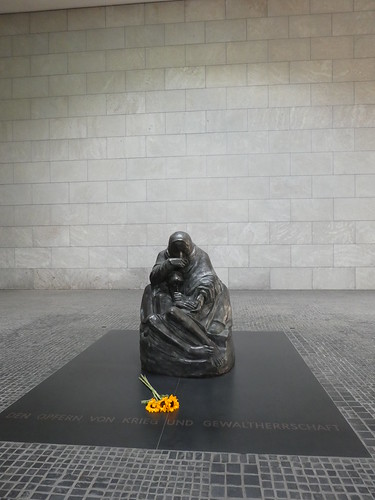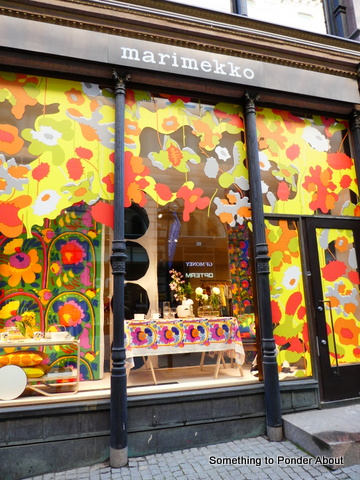
Very likely one of the oldest Buddist symbols, the Wheel of Life is a popular theme in traditional Tibetan Buddhist art and it is known as the Thangka. Historically this highly skilled art form is commissioned for both spiritual and mundane matters, such as aiding the sick, or to gain merit during commemoration of religious events.
At one time, Buddhist monks used to draw beautiful and complex mandalas on the ground, using colored sand. Once the Mandala was completed, it was removed as conclusion of the ritual, a strong symbol of the impermanence of reality.

One of our treasured artistic possessions from a trip to Bhaktapur, in Nepal, is a Tibetan Buddhist Thankgka painted on silk, pictured below.
 Apologies for the reflection on the image.
Apologies for the reflection on the image.
Thangkas are painted by the monks themselves, and the art form demands great mastery over drawing, as well as a high understanding of the geometric and iconographic principles within this style of traditional art.
Lamas and pilgrims would carry them in ceremonial processions and Thangkas were hung in monasteries as a way to display Buddhist teachings, in pictorial form.
Certain pictorial elements are outlined in 24 carat gold and are still considered an important method for studying and preserving the religion, history, culture and traditions of the Himalyan countries of Tibet, India and Nepal.
Here you can see the painstaking and long hours needed to produce this work of art:
[youtube https://www.youtube.com/watch?v=4YyptY72-rk]
What do the Symbols Mean?
This art form is highly formalized typically seen as four or five concentric rings, or their symbolic equivalents, depicting the realms of existence associated with the journey towards enlightenment.

- In the central ring, you will often find the intertwined images of a pig, a rooster, and a snake which symbolically depict the three “kleshas,” (mental states affecting actions), being ignorance, greed and aggression, called Samsara. These three states characterize the world of suffering and dissatisfaction.The snake and bird can be seen coming out of the mouth of the pig, indicating that anger and attachment arise from ignorance. At the same time the snake and the bird grasp the tail of the pig, indicating that they both promote even greater ignorance.
- Half of the second ring depicts light, showing contented people moving upwards to higher states, possibly to the higher realms whilst the remaining half-circle, (usually dark), shows people in a miserable state being led downwards to lower states, or realms. These images represent karma, the law of cause and effect. The light half-circle indicates people experiencing the results of positive actions, the dark indicating negative action.
Propelled by their karma, beings take rebirth in the six realms of Samsara, as shown in the next ring.
- The outer rim of the wheel is often divided into twelve section. Whilst the three inner layers display the three poisons that lead to karma, and the suffering of the six realms, the twelve links in the outer rim show how this can happen. This is reference to cause and effect, or karma, over several lifetimes, demonstrating our current life and how our past lives and our present action influence us and our future.
- The outer area contains decorative floral motifs and mythical animals, which were elements introduced into Buddhist painting in the mid – twentieth century by Newar artists of the Kathmandu valley.

- Surrounding the wheel is either Mara, the fearsome demon who tempted Buddha, or Lord ‘Yama’, the Lord of Death, with his tiger skin hanging beneath the wheel, (indicating fearsome- ness), and it is he, who holds the wheel of life in his hands. Regardless of which figure is depicted, it represents impermanence and the transient nature of existence; everything within this wheel is constantly changing. The four limbs, (that clutch the wheel) symbolize the sufferings of birth, old age, sickness, and death.
By contemplating on the twelve sections of the outer ring, one gains greater insight into karma and this insight enables us to begin to unravel our habitual way of thinking and reacting.
- The twelve outer sections, paired with their corresponding symbols, are:
lack of knowledge – a blind person, often walking, or a person peering out
constructive volitional activity – a potter shaping a vessel or vessels
consciousness – a man or a monkey grasping a fruit
name and form (constituent elements of mental and physical existence) – two men afloat in a boat
six senses (eye, ear, nose, tongue, body, and mind) – a dwelling with six windows
contact – lovers consorting, kissing, or entwined
pain – an arrow to the eye
thirst – a drinker receiving drink
grasping – a man or a monkey picking fruit
coming to be – a couple engaged in intercourse, a standing, leaping, or reflective person***
being born – woman giving birth
old age and death – corpse being carried
*** The images of the couple lying together in a sexual union, we were told, was never intended to be pornographic, but rather to excite and increase the potency of fertility, especially for males! Devotees consider all creation begins with the sacred union of male and female energies. To experience the pure creative passion between man and woman they believe; to know unconditional love, is to manifest the body, mind, and spirit of a Buddha.

Something traditional to Ponder About
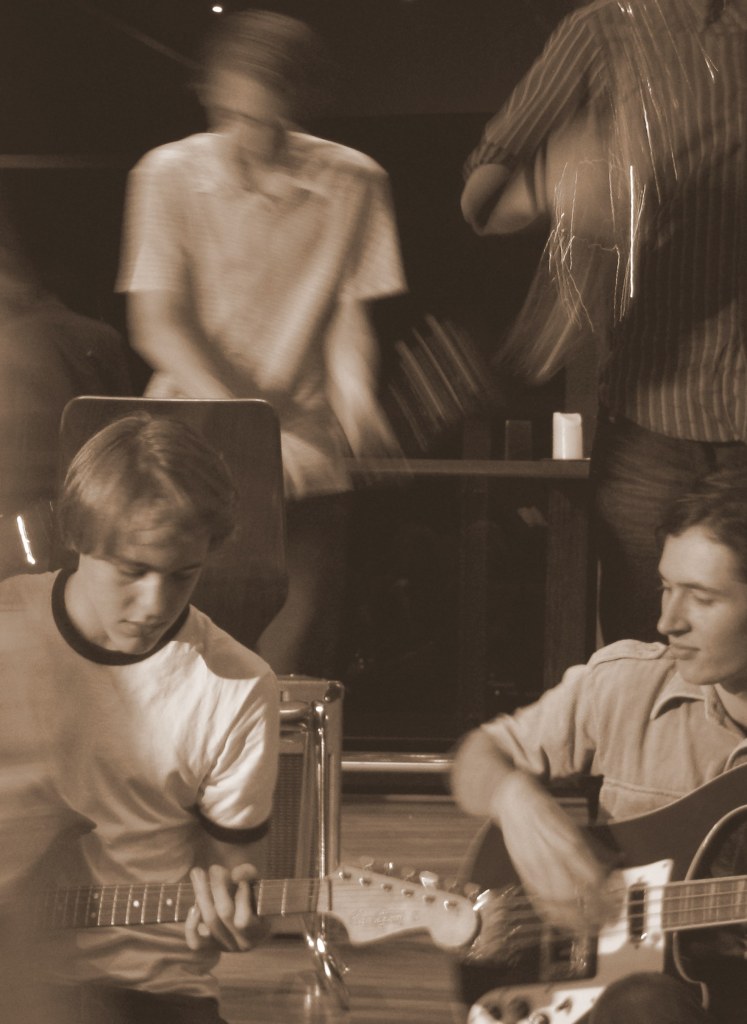

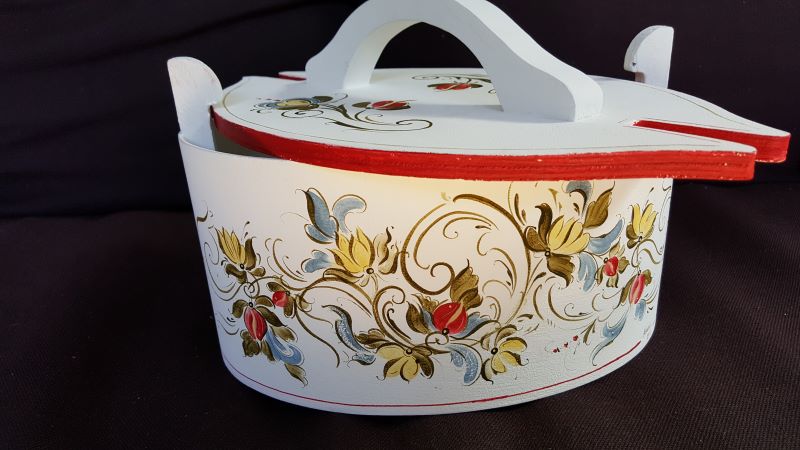
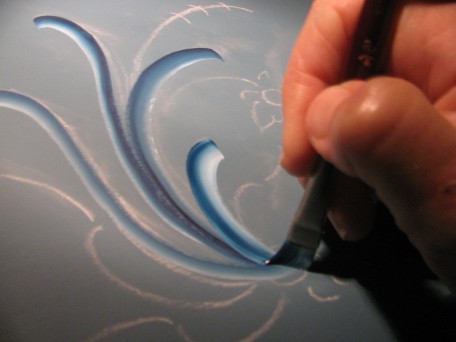





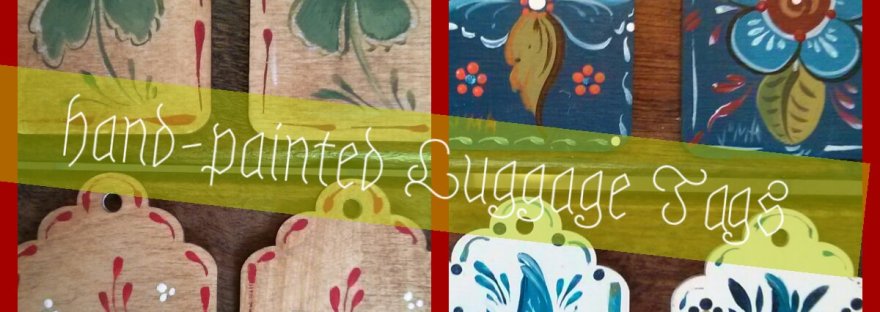










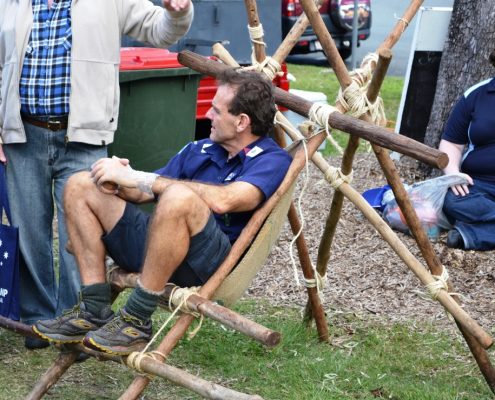
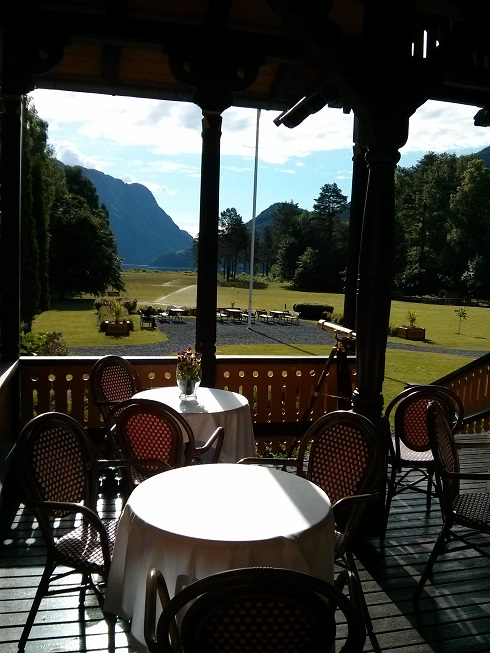
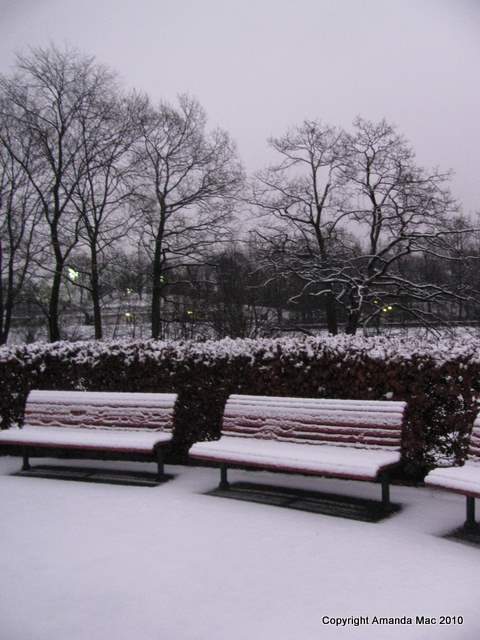
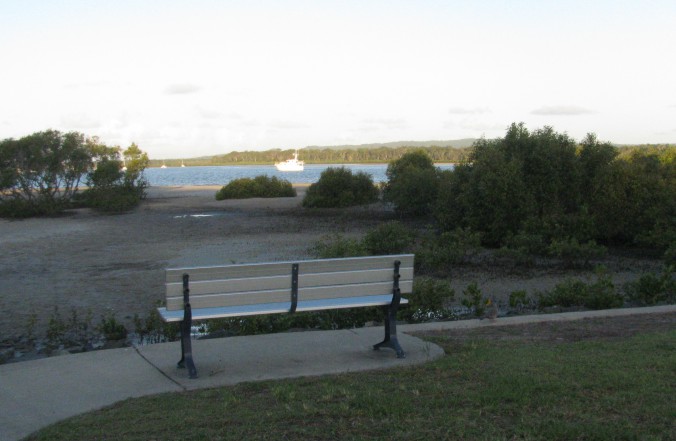


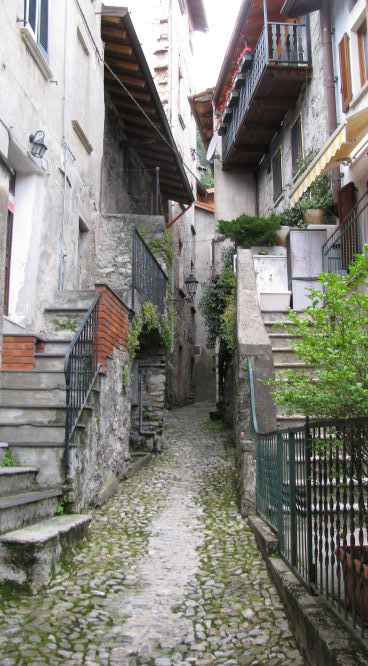




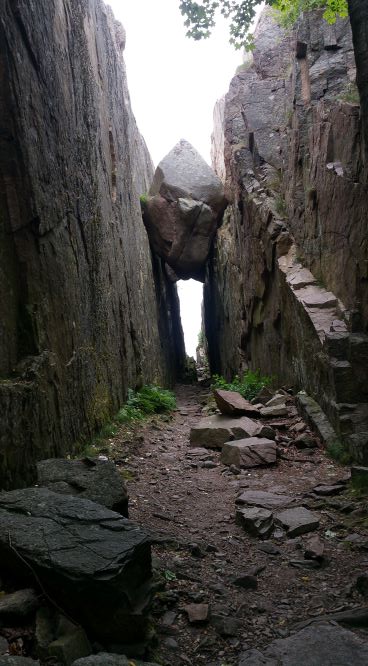
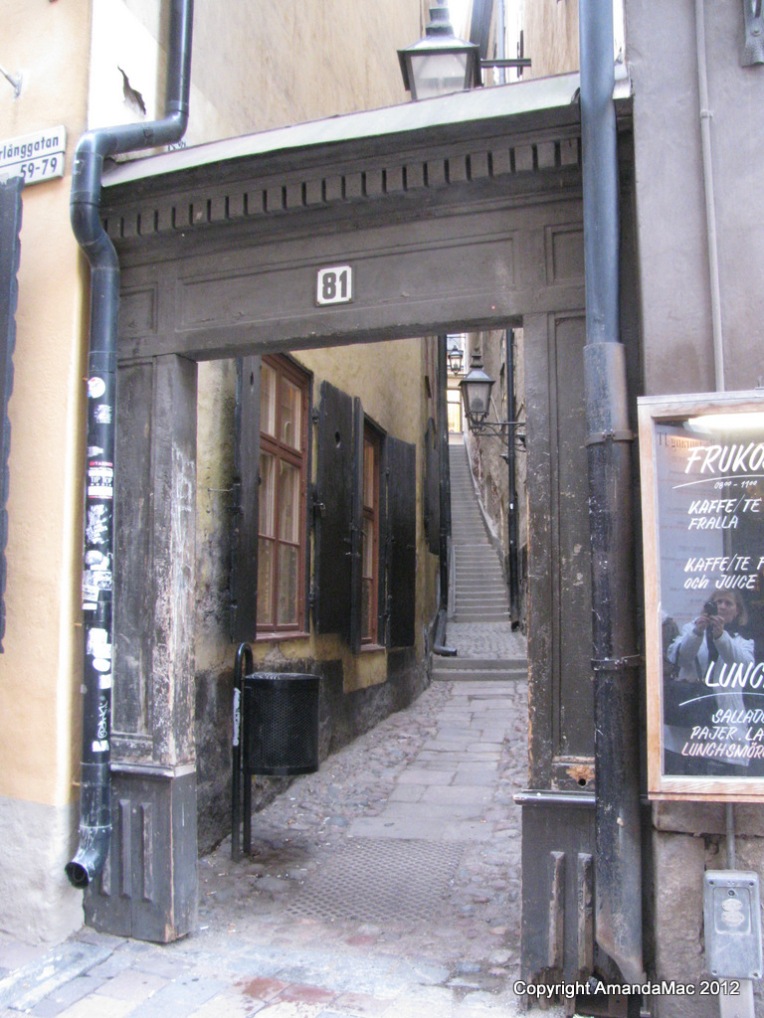
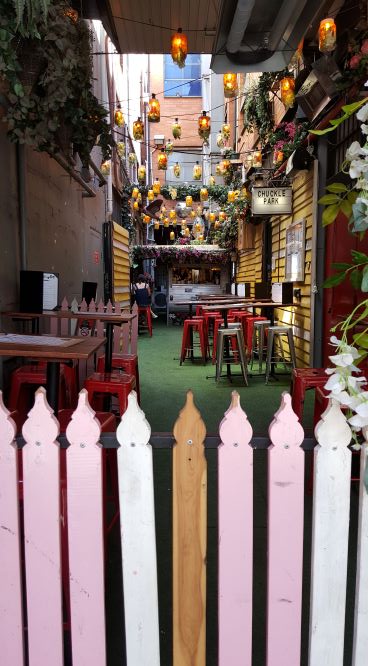
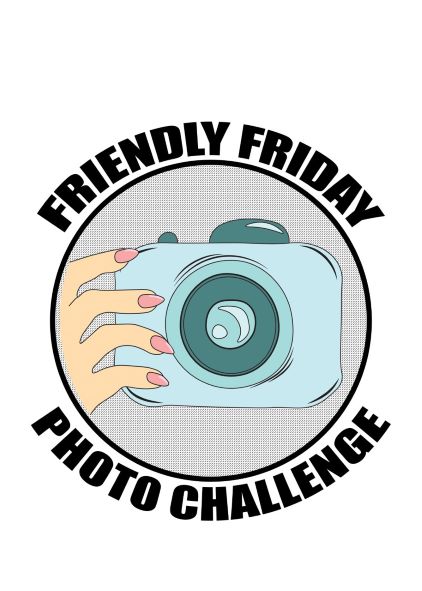

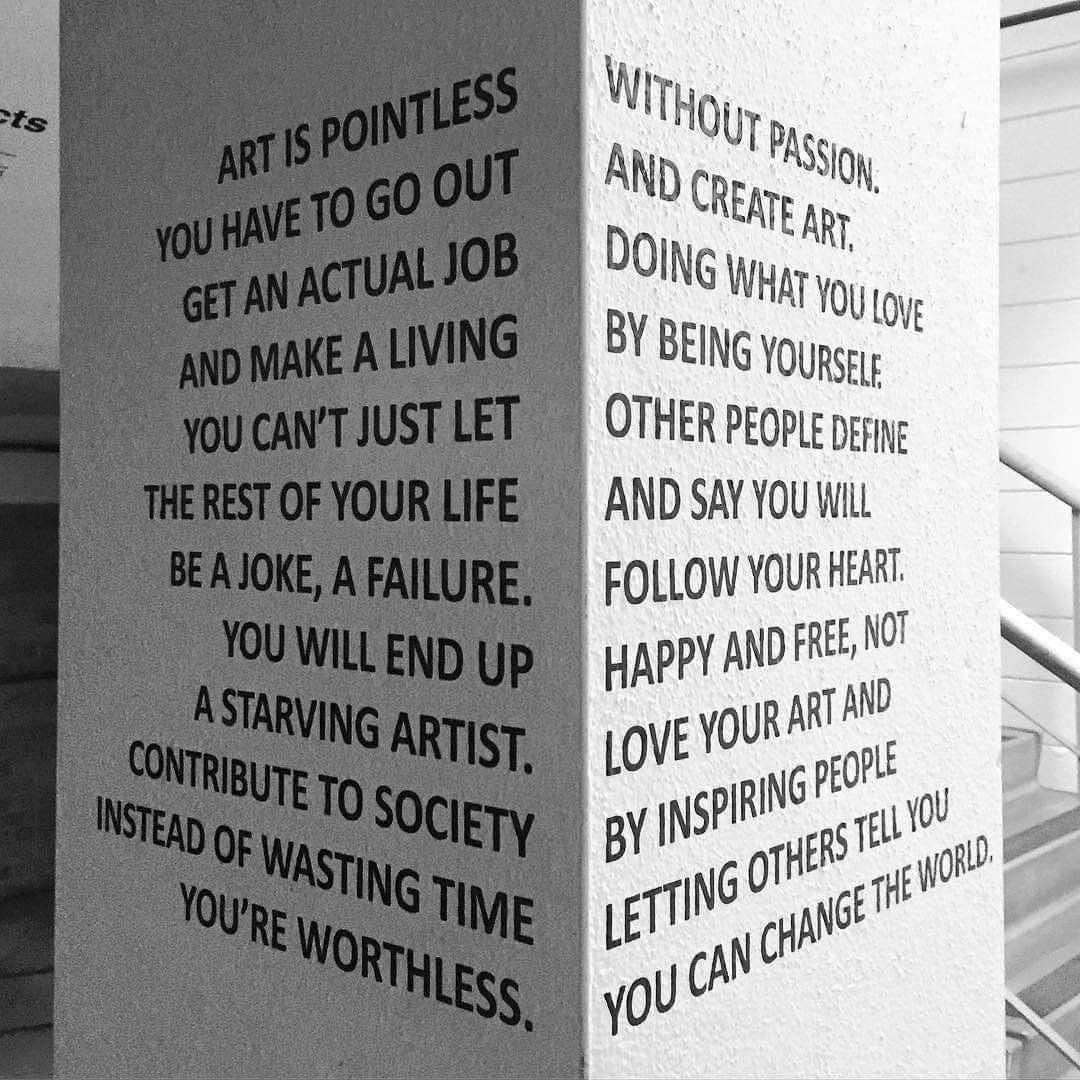
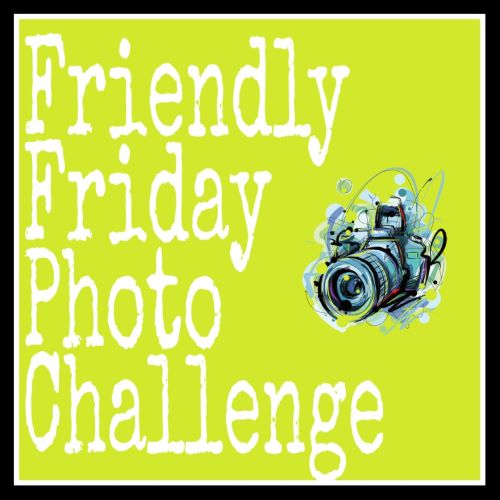
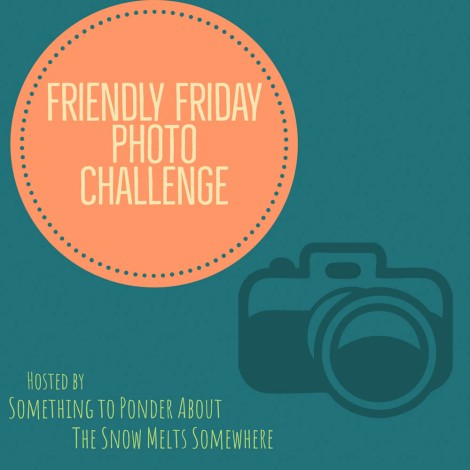



 Apologies for the reflection on the image.
Apologies for the reflection on the image.





